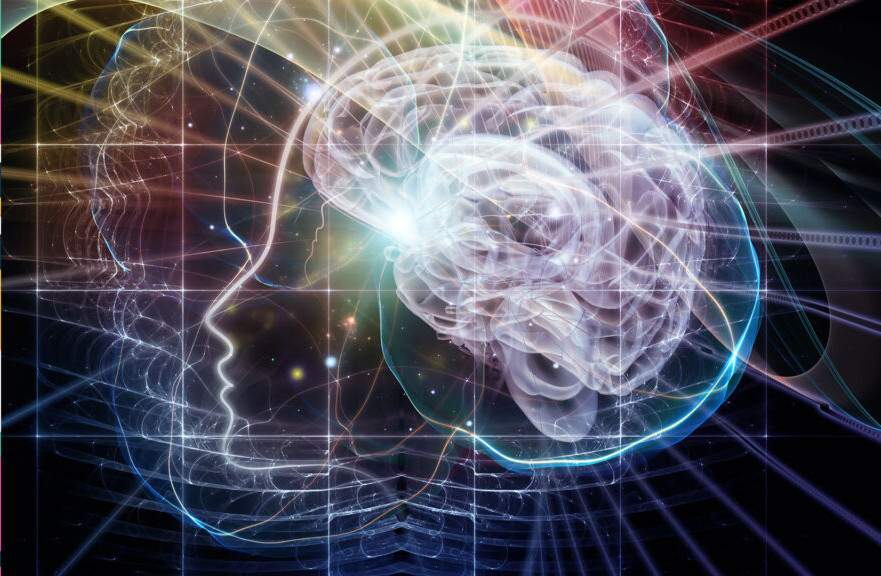A research project that becomes a performance art. At MAXXI in Rome from September 20 to 24, 2022, the project The Meditating Mind. Art, Science, and an Enlightened Mind, experimental and avant-garde, resulting from the unprecedented collaboration between MAXXI, National Museum of XXI Century Arts, theInstitute of Neuroscience of the National Research Council (CNR), with Professor Giacomo Rizzolatti, discoverer of mirror neurons, and his team of researchers, and Daniel Lumera, a naturalist biologist and international reference in wellness sciences and meditation practice. In collaboration with Henesis Srl and with the support of Solgar Italia Multinutrient S.p.A. An initiative that combines three universal languages such as art, science and meditation, and builds a bridge between ancient millenary practices and the most advanced discoveries in neuroscience.
The performance will make visible neural processes usually invisible to the human eye. Thanks to science and the most advanced technology, the neural activities of a meditating brain and the neurophysiological aspects on which meditation impacts will be revealed, displayed in real time on a large screen in the form of colors, becoming works of art themselves. At the same time, seeing what happens to the brain during meditation helps to study its effectiveness for physical and mental well-being.
"The integration between different disciplines within MAXXI is an essential element to study how the brain reacts to the artwork and the surrounding architectural space, but in an ecological environment,“ explains Professor Giacomo Rizzolatti. ”For this reason, the collaboration with MAXXI represents an exceptional opportunity for us to evaluate the neural processes underlying our ability to experience and inhabit space. The meeting with Daniel Lumera also gave rise to the idea of approaching the meditative process with a public scientific method, that is, of making the neural activity visible not only to the meditating subject himself, but also to the viewer, in the ambitious idea of creating an awareness in the visitor of the brain dynamics taking place during meditation."
“This performance intends to unite three universal languages, such as art, science and meditation, in a special architectural context, where shadow and light combine with sound and silence to lay bare the human brain and its ’transformations,’ through the millennia-old contemplative practices that modern science and neuroscience have recognized as natural medicine, of fundamental importance to our health, well-being and the very evolution of the human being, and through which we develop cognitive abilities,” comments Daniel Lumera. “To be able to do this, thanks to the profound sensitivity and avant-garde vision of Fondazione MAXXI President Giovanna Melandri, who has supported the project from the very beginning, together with Professor Giacomo Rizzolatti, one of the world’s excellences in the field of science, is a great honor and privilege for me.”
Giovanna Melandri, President Fondazione MAXXI, concludes, "We have always explored connections with other disciplines at MAXXI: the relationship between art and science in the exhibition Gravity; art and spirituality in Of the Spiritual Matter of Art; art, artificial intelligence and digital technologies in What a Wonderful World. And always, at the center of each project, the people, the visitors who are an active part of each initiative. So it is a great honor for us to host and share with Giacomo Rizzolatti and Daniel Lumera this experience, open to our audience. I have long been convinced that meditation is a valuable tool for cultivating awareness and peace. The interesting aspect of this project is the possibility of giving visible form to this insight. Seeing how a meditating mind works thus becomes performance-witnessing how deeply neuronal activities change."
Daniel Lumera will bring to life a performance, entering a meditative state for about seven hours a day for five days, from time to time with guests from the worlds of art, entertainment, and science, as well as with the museum audience, making visible to participants and viewers, in the form of colors, all four meditative states described both by ancient sapiential traditions and by the more than 8,000 scientific studies conducted on the subject: focused attention, sustained concentration, deep contemplation, and actual meditation, highlighting their unique characteristics.
The audience will see on a large screen, in the form of a color spectrum that fluctuates from blue to red, from cold to hot, how the recorded electroencephalographic (EEG) signal evolves over time during a meditation session, which lasts about thirty minutes. The signal will be transmitted wirelessly at very low power, via Bluetooth, from the bands placed on Lumera’s head and that of the meditating guest next to him to a computer where it will be processed in real-time.
Lumera will be joined not only by the more experienced students, who will join him in meditation, but also well-known names in culture, music, art, entertainment, science and journalism will take turns at the electrodes, unveiling their brains in meditation to discover and, at the same time, show what is happening.
Museum visitors are also invited to join the performance by reserving themselves in the slots available to participate in the meditation sessions.
For info and tickets at www.maxxi.art/events/la-mente-meditante/
IN-CNR researchers Pietro Avanzini, Maddalena Fabbri Destro and Giovanni Vecchiato collaborated on the project, with Henesis Srl and its Chief Technology Officer Luca Ascari.
Hours: Tuesday through Saturday from 11 a.m. to 7 p.m.
 |
| MAXXI, a meditation research project becomes performance art |
Warning: the translation into English of the original Italian article was created using automatic tools. We undertake to review all articles, but we do not guarantee the total absence of inaccuracies in the translation due to the program. You can find the original by clicking on the ITA button. If you find any mistake,please contact us.